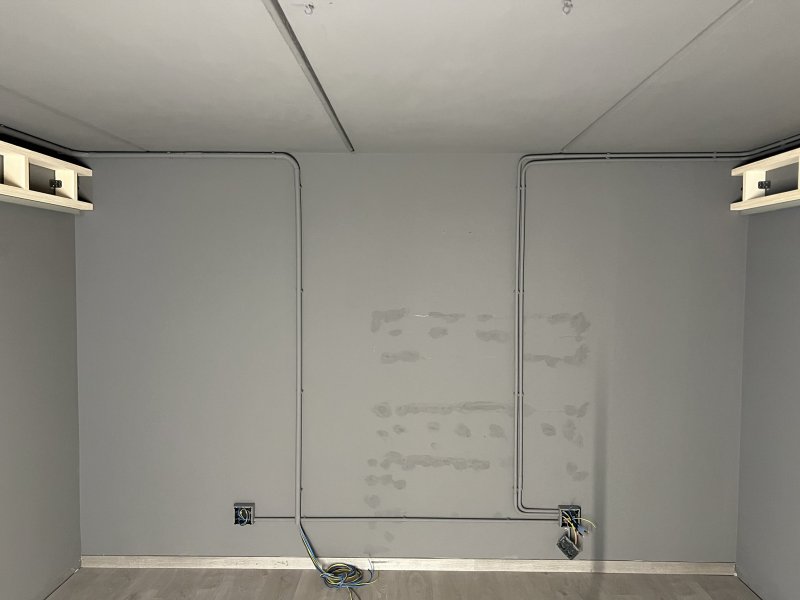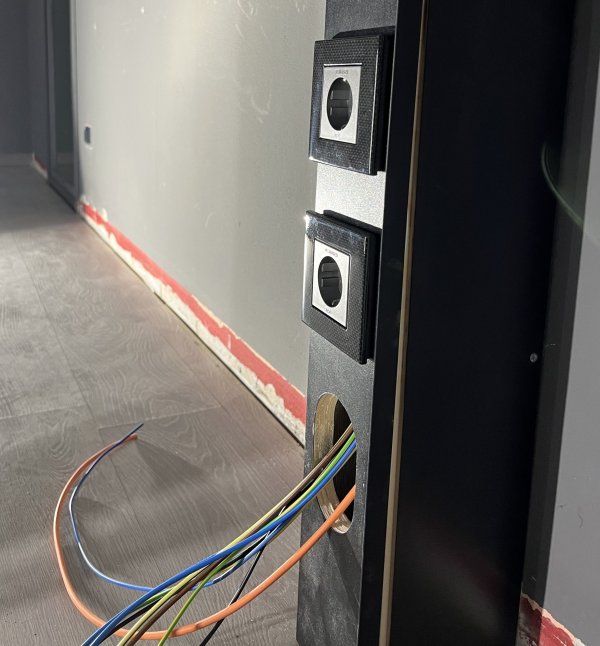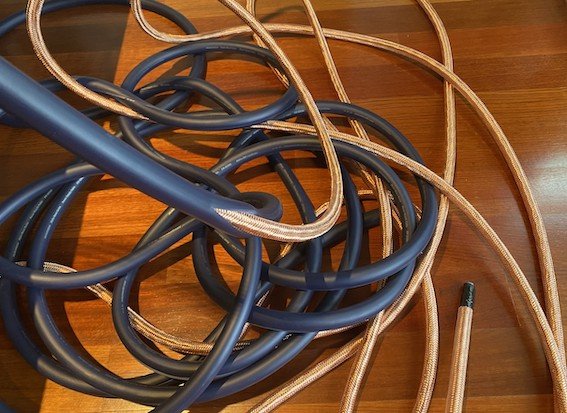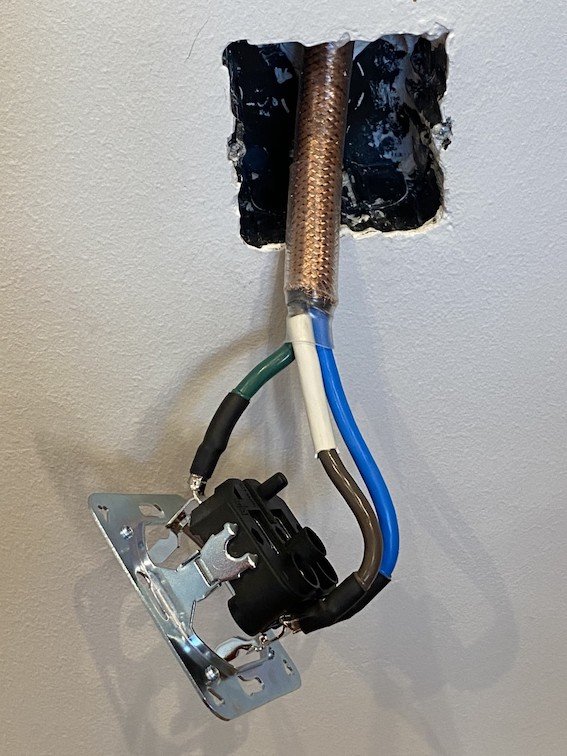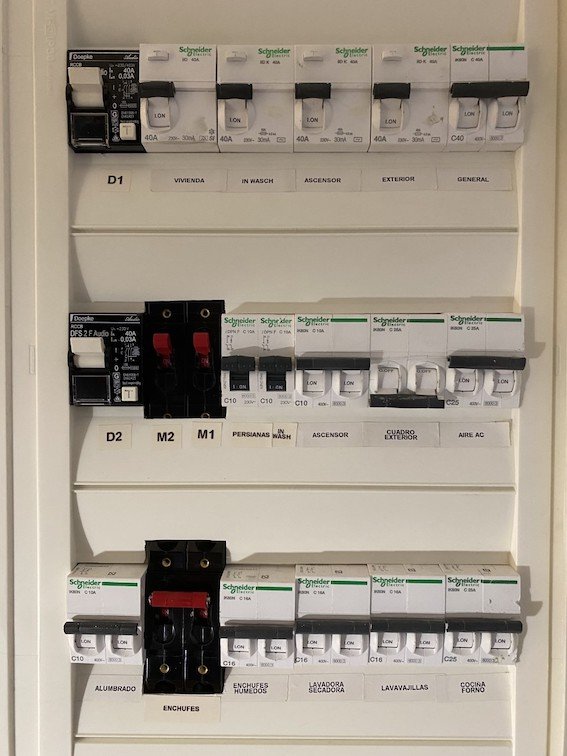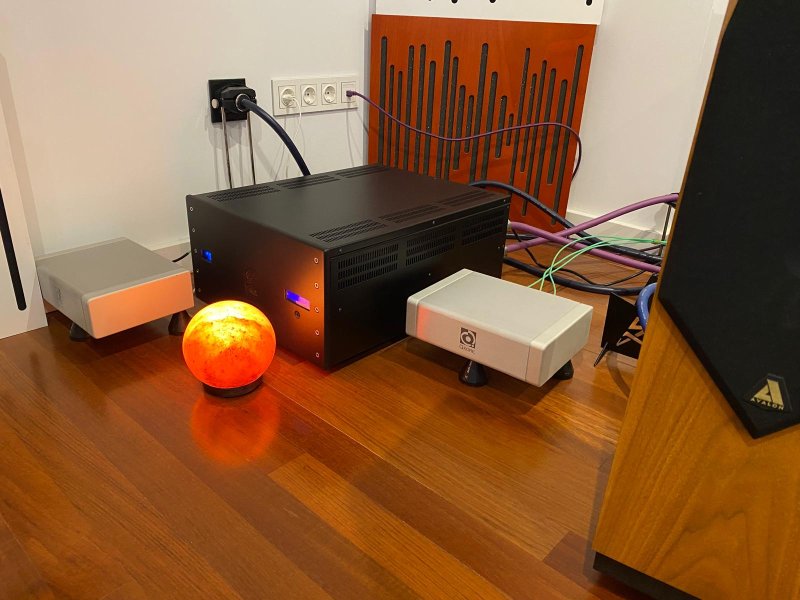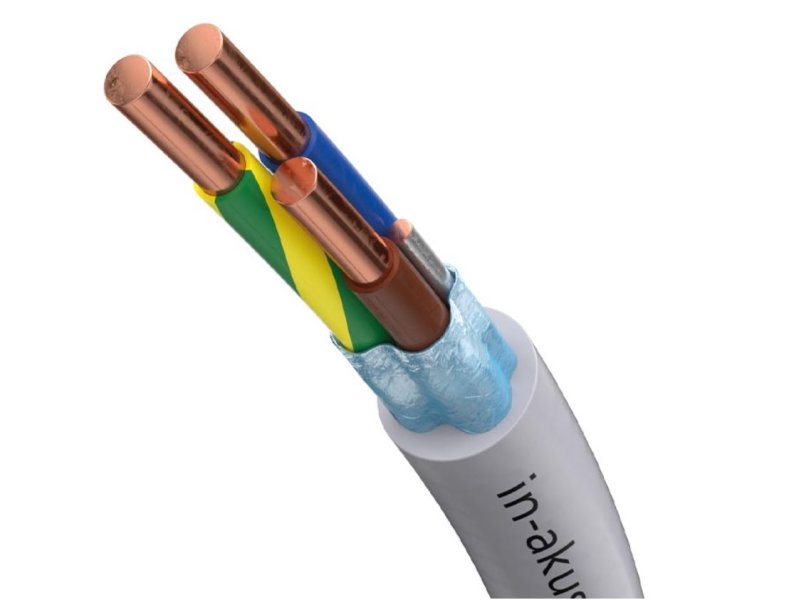I’m evaluating an upgrade to be realized next spring along with a “light refurbishment” of my room (again).
I have 5 dedicated lines from a dedicated panel that run separately to 5 Furutech SWS NCF wall sockets. Currently I’m using common 2,5 mm2 wires, phase neutral earth each, at least common here in Italy I mean.
Having 220V electricity the AWG required might be different than typical 10 AWG used in 120V systems, that general consensus in audiophile world seems to agree as the best solution.
Solid is not an option, then only stranded copper is doable due to the size and shape of conduits.
The maximum diameter should be 1,2-1,3 mm, shielding included for each cable, otherwise I have to limit to maximum 2 dedicated lines (it would imply a few sockets connected in parallel from the same line).
A dealer offered me these ones:

 www.sommercable.com
www.sommercable.com

 supracables.co.nz
supracables.co.nz
While an audiophile friend suggested me this one:
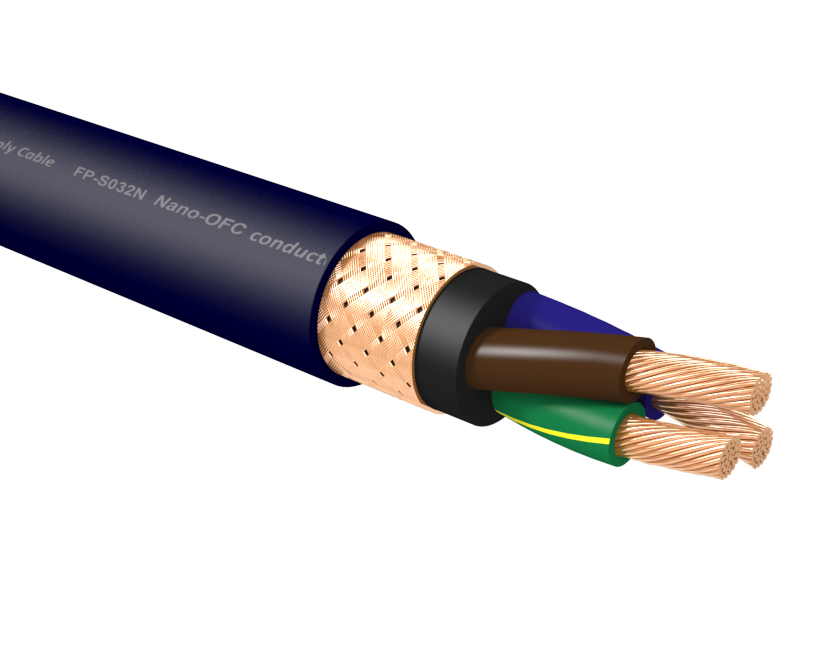
Any European tech guy/electrical expert can give me some suggestions?
Any member here who can share some experience with 220V in wall audiophile cables?
TIA
I have 5 dedicated lines from a dedicated panel that run separately to 5 Furutech SWS NCF wall sockets. Currently I’m using common 2,5 mm2 wires, phase neutral earth each, at least common here in Italy I mean.
Having 220V electricity the AWG required might be different than typical 10 AWG used in 120V systems, that general consensus in audiophile world seems to agree as the best solution.
Solid is not an option, then only stranded copper is doable due to the size and shape of conduits.
The maximum diameter should be 1,2-1,3 mm, shielding included for each cable, otherwise I have to limit to maximum 2 dedicated lines (it would imply a few sockets connected in parallel from the same line).
A dealer offered me these ones:

Rubber Sleeve Cable Titanex ®; 3 x 2.50 mm²; rubber, Ø 12,50 mm; black | 700-0101-0325TI
You won‘t make a mistake...if you go with the flow, for the H07RN-F rubber jacket lead is one of the best-selling cables on the world market. It can be used as a power line for audio components, spotlights and heavy machinery (mechanical engineering) and…

SUPRA LoRad 3x2.5 SPC (Silver Plated Copper)FULLY SHIELDED POWER CABLE
CABLE ONLY -DIY Supra LoRad SPC - Silver Plated Copper mains flex 40TH Anniversary cable! HiFI Choice Recommended April 2017 We proudly present a brand new LoRad mains flex version comprising Silver Plated Copper strands for dramatically improved conductivity properties in addition to the Supra...
 supracables.co.nz
supracables.co.nz
While an audiophile friend suggested me this one:

Alpha Nano-Ag-Au Power Cable FP-S032N & FP-S35N | FURUTECH
Note* FP-S35N & FP-S032N have the same specifications <br /> Voltage rating: 20A 125V / 16A 250V
www.furutech.com
Any European tech guy/electrical expert can give me some suggestions?
Any member here who can share some experience with 220V in wall audiophile cables?
TIA


